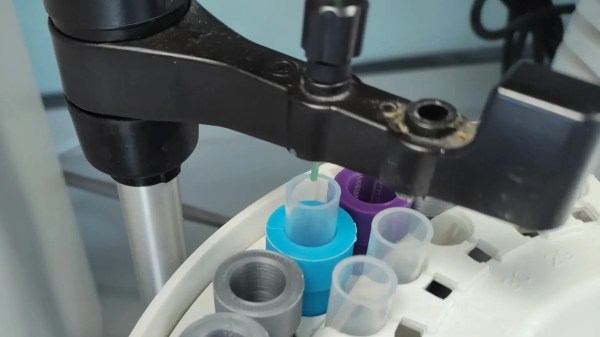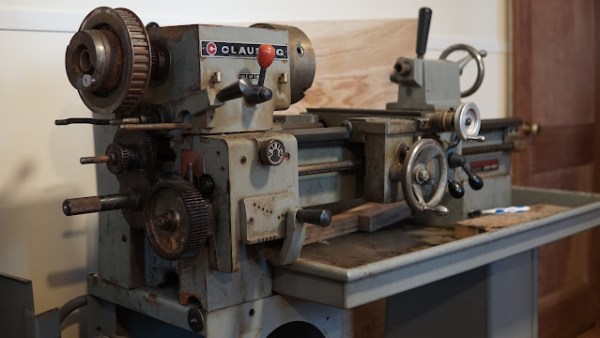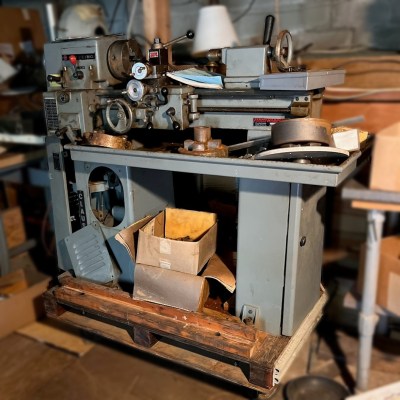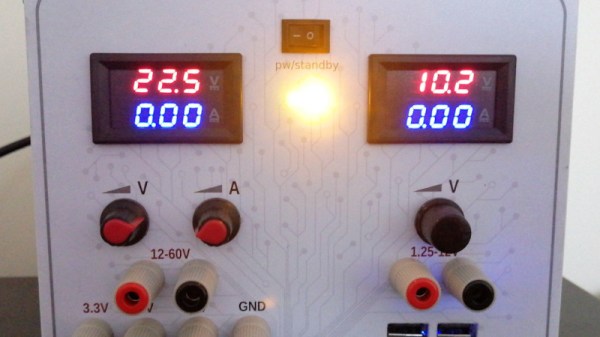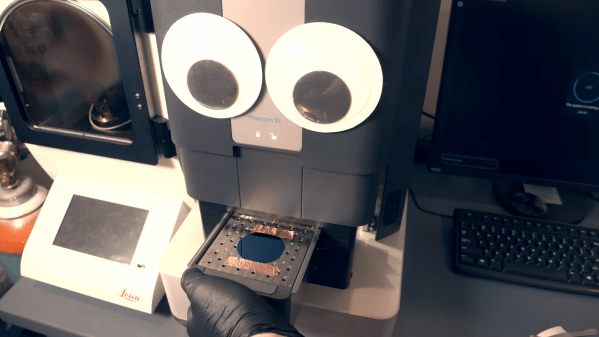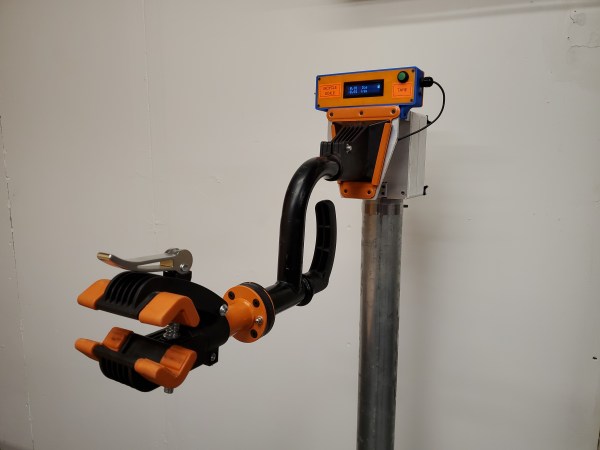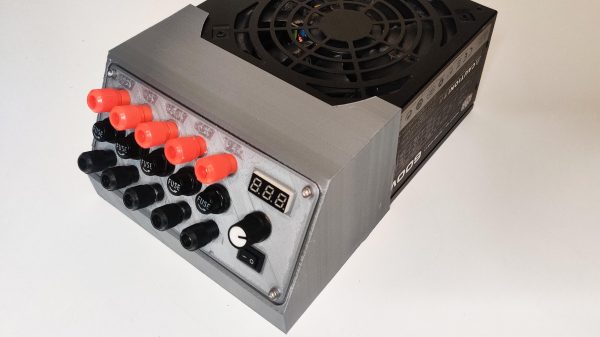If you’ve worked in a bio or chem lab, you’ve probably found yourself handling all manner of plastic. Test tubes, fixtures, clamps — there’s a cavalcade of this stuff that fattens up the order books of lab suppliers every quarter. Sometimes, though, the commercial solutions aren’t quite what you need. For [AtomicVirology], the solution was to 3D print custom lab accessories to make work easier.
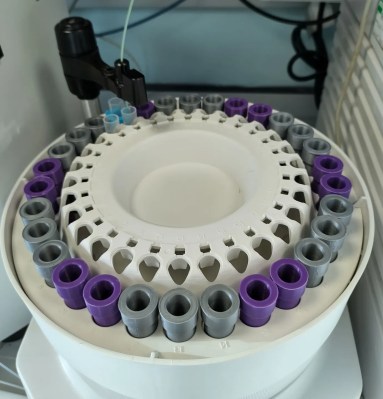
Some of the devices are straightforward, like simple holders for upright storage of centrifuge tubes. Others are fun twists on the theme, like the Millennium Falcon tube holder or one shaped like the Imperial Star Destroyer. Meanwhile, a resuable plastic tube cover serves as a way to protect tubes from light without the fuss of covering them in aluminium foil. It’s less wasteful, too!
Our favorite, though, is a simple adapter for holding fraction tubes in a AKTA fraction collection device. Stock, the AKTA device will hold 30 small tubes in the inside ring, and 30 larger tubes in the outside ring. Thanks to a simple printed part, though, it can be modified to hold 60 tubes of the smaller size. This allows the collection of 60 small fractions in a shorter period of time simply by moving the delivery head from the inner to the outer ring, without having to swap out 30 tubes halfway through a chromatography column, for example.
It goes to show that a 3D printer is good for more than just churning out Pikachus. It’s a Swiss Army knife for solving fiddly little problems without having to rely on some company to injection-mold you 10,000 examples of whatever it is you want. Of course, if you do want to injection mold something, we’ve covered how to do that before, as well.

